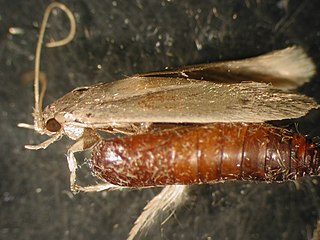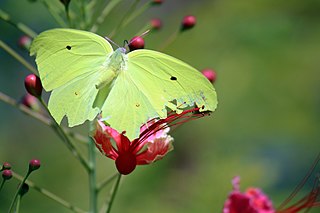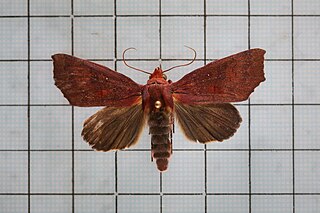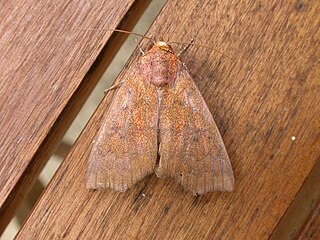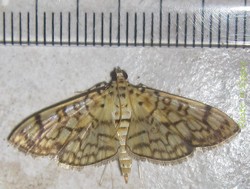| Anomis involuta | |
|---|---|
 | |
| Scientific classification | |
| Kingdom: | Animalia |
| Clade: | Euarthropoda |
| Class: | Insecta |
| Order: | Lepidoptera |
| Superfamily: | Noctuoidea |
| Family: | Erebidae |
| Subfamily: | Scoliopteryginae |
| Genus: | Anomis |
| Species: | A. involuta |
| Binomial name | |
| Anomis involuta (Walker, [1858]) [1] | |
| Synonyms | |
| |
Anomis involuta, the jute looper or hibiscus cutworm, is a moth of the family Erebidae. It has a wide distribution, including the Cook Islands, Hong Kong, Japan, Korea, the Society Islands and Australia (including Western Australia, the Northern Territory, Queensland, New South Wales and Norfolk Island). It is also known from Kenya and Somalia. [2]

Moths comprise a group of insects related to butterflies, belonging to the order Lepidoptera. Most lepidopterans are moths, and there are thought to be approximately 160,000 species of moth, many of which have yet to be described. Most species of moth are nocturnal, but there are also crepuscular and diurnal species.

The Erebidae are a family of moths in the superfamily Noctuoidea. The family is among the largest families of moths by species count and contains a wide variety of well-known macromoth groups. The family includes the underwings (Catocala); litter moths (Herminiinae); tiger, lichen, and wasp moths (Arctiinae); tussock moths (Lymantriinae), including the arctic woolly bear moth ; piercing moths ; micronoctuoid moths (Micronoctuini); snout moths (Hypeninae); and zales, though many of these common names can also refer to moths outside the Erebidae. Some of the erebid moths are called owlets.

The Cook Islands is a self-governing island country in the South Pacific Ocean in free association with New Zealand. It comprises 15 islands whose total land area is 240 square kilometres (92.7 sq mi). The Cook Islands' Exclusive Economic Zone (EEZ) covers 1,800,000 square kilometres (690,000 sq mi) of ocean.
The wingspan is about 40 mm. Adults are brown with a variable pale pattern and a central white spot on each forewing.

The wingspan of a bird or an airplane is the distance from one wingtip to the other wingtip. For example, the Boeing 777-200 has a wingspan of 60.93 metres, and a wandering albatross caught in 1965 had a wingspan of 3.63 metres, the official record for a living bird. The term wingspan, more technically extent, is also used for other winged animals such as pterosaurs, bats, insects, etc., and other fixed-wing aircraft such as ornithopters. In humans, the term wingspan also refers to the arm span, which is distance between the length from one end of an individual's arms to the other when raised parallel to the ground at shoulder height at a 90º angle. Former professional basketball player Manute Bol stands at 7 ft 7 in (2.31 m) and owns one of the largest wingspans at 8 ft 6 in (2.59 m).
The larvae are considered a pest on Corchorus species, but have also been recorded feeding on Hibiscus tiliaceus and Commersonia bartramia . They are green with black spots and a pale brown head. Full-grown larvae are bout 30 mm long. Pupation takes place in a cocoon between the leaves of the host plant. [3]

Corchorus is a genus of about 40–100 species of flowering plants in the family Malvaceae, native to tropical and subtropical regions throughout the world.

Hibiscus tiliaceus is a species of flowering tree in the mallow family, Malvaceae, that is native to the Old World tropics. Common names include sea hibiscus, beach hibiscus, coastalhibiscus, coastalcottonwood, green cottonwood, native hibiscus, native rosella, cottonwood hibiscus, kurrajong, sea rosemallow, balibago (Tagalog), malabago or malbago, maribago, waru (Indonesian), hau (Hawaiian), fau (Samoan), purau (Tahitian), and vau tree. The specific epithet, "tiliaceus", refers to its resemblance to the related Tilia species.






